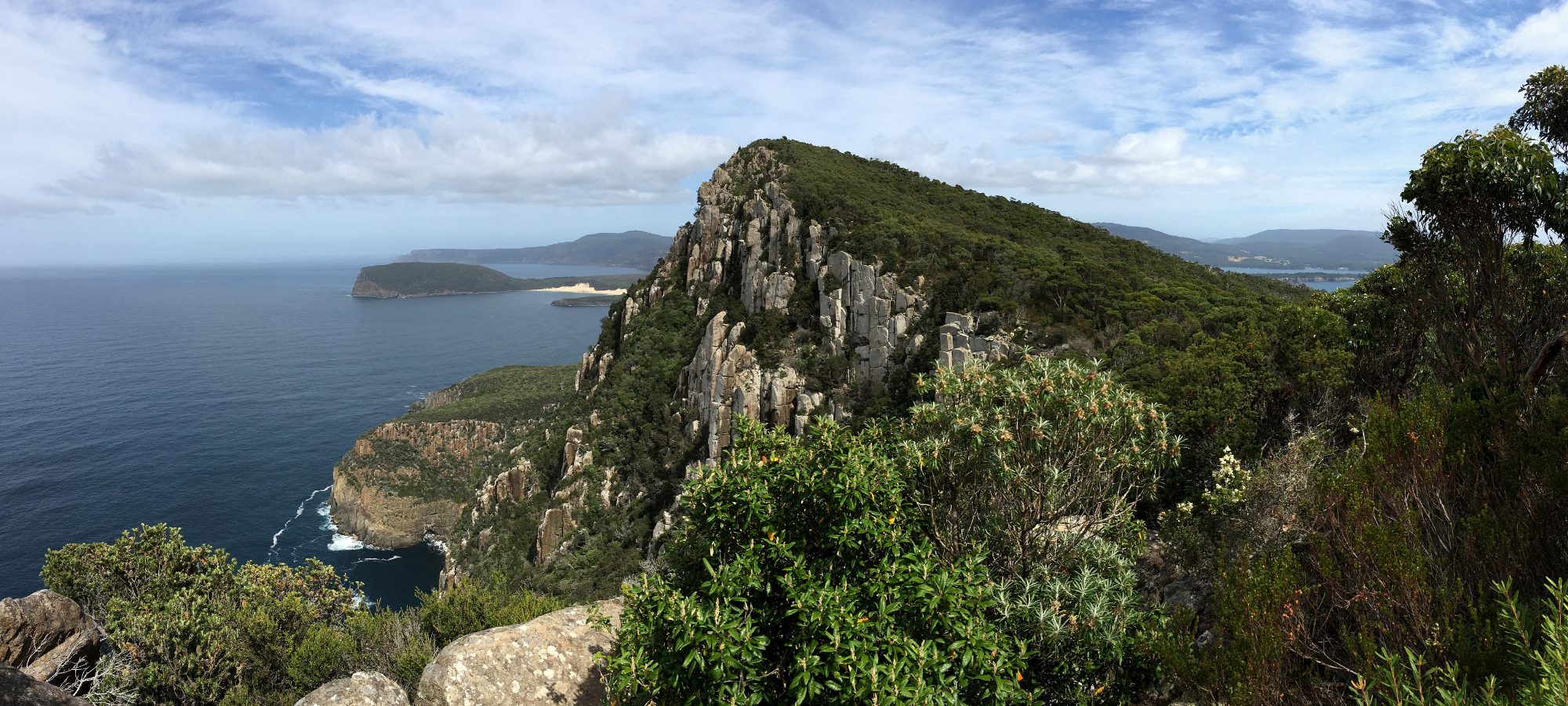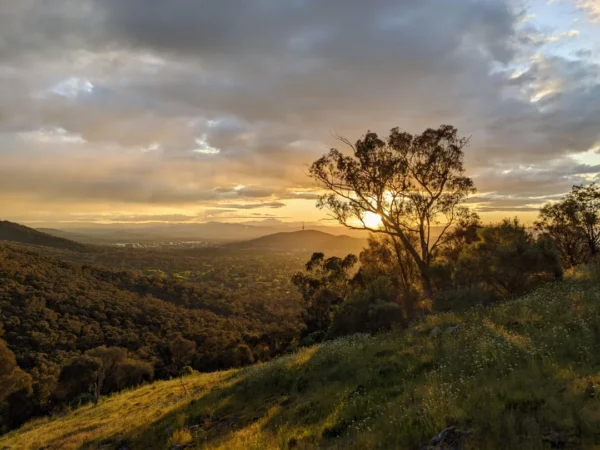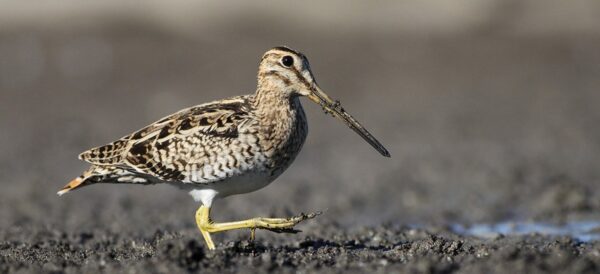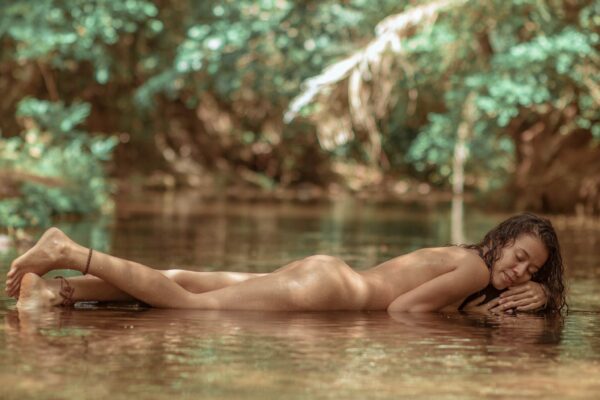If you’re looking for an iconic mini-break adventure that’s full of delightful surprises, look no further than the Three Capes of Tassie. This breathtaking tip of the Tasman Peninsula is home to the highest dolerite sea cliffs in the Southern Hemisphere, a place of astonishing beauty. When you dare to stand on top of The Blade, a dolerite column teetering on the edge of the sea on Cape Pillar, you know you’re one of the lucky few, experiencing the extraordinary.
Cape Raoul, Cape Pillar and Cape Hauy – with their delicately balanced rock towers, secret coves, pristine beaches, moss-drenched rainforest and abundant wildlife – have been prized by bushwalkers around the world for many years. But until recently, only extreme rock climbers and hard-core backpackers would dare to tread these trails. The Tasman Peninsula can be a ferocious place, exposed to weather from all sides.
These were the kind of bushwalkers who threw their tent, food, stove, fuel and clothes into their 25kg backpack, grabbed a map and compass, and headed off into the unknown. They followed footpads first forged by climbers in the 1960s, pitched their tents wherever they fancied, and did their ‘business’ in the bushes.
Things changed in 2015, when the Tasmanian government invested over $30 million to open up this stunning part of the world to more people.
Walkers can now follow a 45km smooth, wide, sandstone and board-walked track to breathtaking vistas, where white-bellied sea eagles soar and dolphins surf. It’s the kind of hike that’s so manicured you could reasonably expect to see a butler pop up from behind a casuarina and offer to carry your bag.

The Three Capes Walk is now considered “one of the world’s hottest new experiences” by Lonely Planet, making it a bucket-lister for many.
There are three different ways to experience this magnificent hike. You can choose to go with the fully catered and guided luxury eco-lodges of the Tasmanian Walking Company, the National Parks unguided cabin model, or the self-sufficient, carry-everything-on-your-back-and-pitch-a-tent model.

Do it in style
If you like glamping-style hiking, the Tasmanian Walking Company’s private lodge option is bliss. We did this version recently as a birthday celebration, and the whole experience was flawless.
Carrying your 7-10kg pack, with gourmet lunch (provided!), water, clothes and bedtime books, you’ll set off from Stewarts Bay, enjoying lunch at Denman’s Cove via the Port Arthur boat ride.
A gorgeous two-hour stroll through eucalyptus forest along the west coast of the peninsula takes you to the architectural luxury of Crescent Lodge, which is spectacularly located on the edge of a steep ridge overlooking Port Arthur from a glass loungeroom. It boasts environmentally friendly features such as tank water, the most luxurious drop toilets you’ve ever experienced (no, they don’t smell at ALL!), pellet fires, and solar and wind-generated power.

Your expert guides will inform and entertain you with their extensive knowledge of the history, flora, fauna and geography as well as their impressive hiking tips, such as how to use trekking poles and how to enjoy walking in torrential rain.
Once you arrive at the eco lodge, you’ll be greeted with a warm shower, freshly baked cakes and tea, followed by local wines, hors d’oeuvres and a delicious (and super nourishing) dinner, freshly cooked by your host.
From here you’ll hike along a spectacular undulating track to the secluded Cape Pillar Lodge where you enjoy all the same luxuries as above, with the addition of a therapeutic massage, a hot outdoor bush shower, a cold plunge pool with ocean view, and toasty wood fires.

From Pillar Lodge you can walk 17kms out to ‘The Blade’ and Cape Pillar for lunch, before returning to the luxury of your lounge/dining room. All this pampering allows you to be completely immersed in nature, including as you snooze under the crisp white sheets of your private bedroom with bird’s eye water views.
Your final day is a little more strenuous as you can choose to hike 21km via The Candlestick and The Totem Pole pillars of Cape Huay, or 14km directly to an exhilarating plunge into the gorgeous turquoise waters of Fortescue Bay. Here you’ll be met by your driver who will escort you back to Hobart for celebratory drinks.

Do it on a budget
This immerse-yourself-in-nature version of the Three Capes Walk follows the same route as the ‘luxury lodge’ model, but you’ll get to experience the new architect-designed cabins, built at great expense by the Tasmanian government. Your $495 booking fee includes the boat transfer from Stewart Bay to Denman’s Cove, as well as three nights in delightful cabins that capture nature’s best side, making this is a fabulous way to experience the raw natural beauty of the Peninsula on a budget.

You’ll hike from Denman’s Cove, to Surveyors Hut, to Munro Hut, to Retakunna Hut and finish at Fortescue Bay, staying in warm, simple, elegant cabins with minimal environmental impact. The cabins are perched in gorgeous locations, looking out over the rugged coastline and beautifully spaced for your enjoyment. They are equipped with gas cooktops, comfy mattresses, toilets, running water and generous dining tables accommodating 48 lucky hikers at a time, so you’ll only need to carry about 9 – 12kg with all-weather clothes, sleeping bag, water and food.
Here, your senses will be rejuvenated and your spirits will soar as you stand on nature’s edge, experiencing tranquillity and awe as you move at your own pace through shadows of tall eucalypt forest and colourful coastal heath following the Tasman Sea.

As an unguided hiker, you’re free to linger with creative story-seats along the way to enrich your journey. When you check-in, you’ll receive your complimentary Encounters on the Edge guidebook, which includes daily walk notes, maps and 40 extraordinary stories to match your story-seats.
Do it hard-core
If you’re the kind of hiker who likes to throw your multi-day hiking gear into your pack and go exploring, there’s a few different options to choose from. But walking the “official” Three Capes Track, from Denman Cove to Fortescue Bay, via Cape Pillar and Cape Hauy, isn’t one of them… yet.
Back in 2015, Tasmanian Parks and Wildlife controversially removed the existing bush-camping sites to make way for the grand, wide paths and cabins of the new Three Capes Track. Initially, they left just one camp site with space for six, but now – as a result of public pressure – they are adding new campsites for independent hikers.
Currently, there is a large camping site at Fortescue Bay and Wughalee Falls including tent platforms, toilets and a rainwater tank. This allows you to access Cape Hauy and Cape Pillar with the $30 Parks Pass, but you must walk in the same direction as the cabin and lodge-based walkers. Parks have recently added the free Bare Knoll Campground, which is near Lunchtime Creek at the top of Cape Pillar. It has 8 double-tent platforms, a toilet and a water tank.
To access the third cape, Cape Raoul, on the western side of the Tasman Peninsula, you set off from Stormlea for the 14km round trip day walk to hike to one of the most jaw-dropping views in Tasmania.

For more information about the walks available on the Three Capes of the Tasman Peninsula, check out the Tasmanian Walking Company, the Tasmanian Parks and Wildlife Service and Tas Trails.
Want more Tasmania tips? You’ll love our blog Hiking Flinders Island Reminded Me What It Means To Be Joyously Alive
Note: We travelled with the Tasmanian Walking Company at our own expense.








